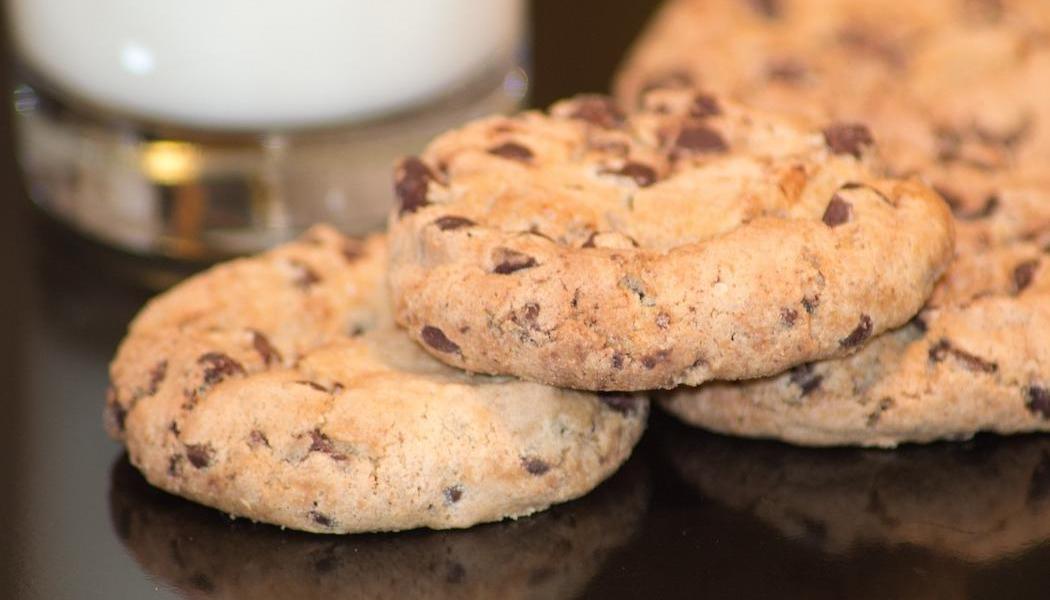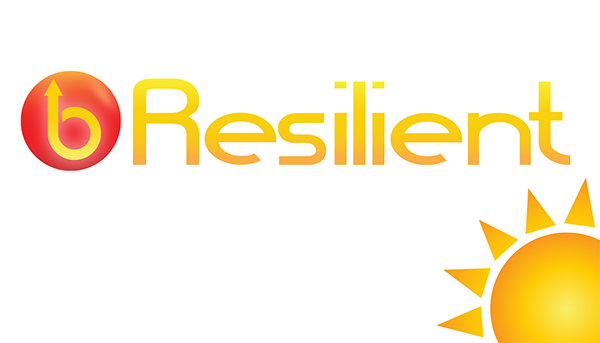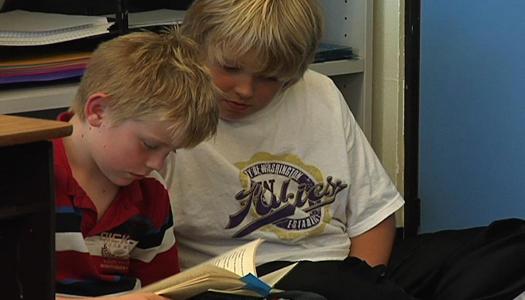
Allison Behne
I love chocolate chip cookies, and over the years I’ve combined and altered a few recipes to create what I consider the “perfect” chocolate chip cookie. I no longer need the recipe card, because I know how much of each ingredient to add, and in what order, to create the dough. I also know to bake them at 365 degrees for eight minutes. They sit for two minutes to cool before I remove them from the cookie sheet. I have done this for years, and they came out just as I like them every time . . . until recently, when I got a new oven.
I baked the first batch with the new oven just as I always had, and they came out doughy. I put them back in for a few minutes, but they were still not cooked all the way through. I put them in again for a few more minutes, and they came out too crispy. Fail.
So, I tried again . . . Fail. Hmm . . . What was going on? At this point I realized I was going to have to problem-solve, because even though my new oven was very pretty, it did not perform the same as my previous oven. With the next few batches I altered the temperature, baking time, pan, and cooling time, until I was able to find the perfect combination to get the outcome I wanted. Turns out with this oven I need to bake them at 375 for nine minutes and allow them to cool for one minute before removing them from the cookie sheet. Not a huge difference, but enough to make or break the recipe.
If I had not made a few adjustments and instead kept following the recipe to a tee, my cookies would not have turned out as I like them. With the new oven, I had to combine past experience with what I know about baking, and adjust. This is a lesson I can transfer to the classroom quite seamlessly.
Each year we have a classroom of children waiting to learn, and each child is unique. If we take a set of lessons we pulled from a program or the internet or used with the previous year’s class, or try to teach the exact same lessons as our grade-level team, and think we can teach them “as is” and our students will all meet standard and grow, we will quickly find out we are wrong.
It is great to have a place to start, a foundation from which to build, but we need to monitor our students and adjust as necessary so we can teach in the way they learn best. This requires us to look at the materials we use, the instructional strategies we employ, the setting in which we teach, and more. We must use our professional judgment to do what is best for the students in front of us so that they can grow to their highest potential.
Just like we “tweak” recipes in the kitchen to fit our tools and our tastes, we must learn to “tweak” our instructional practices so that they fit our students and their needs.
News From The Daily CAFE
Expanding the Conversations During Read to Someone
How Pete the Cat Helped with Writing








